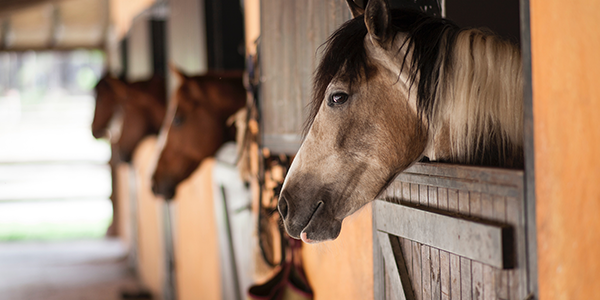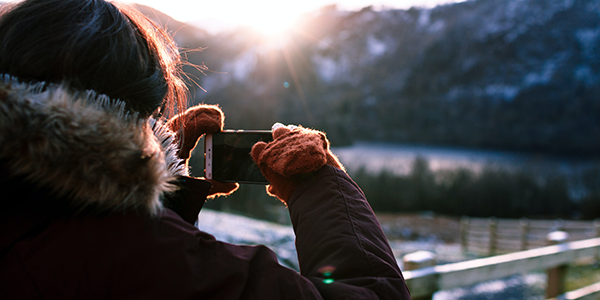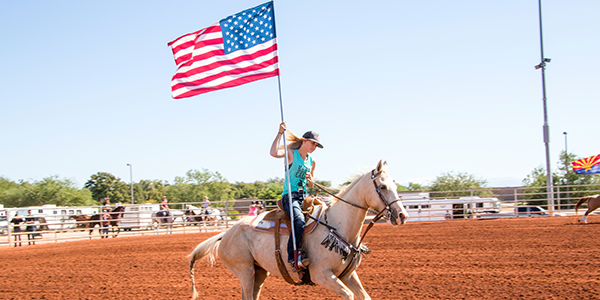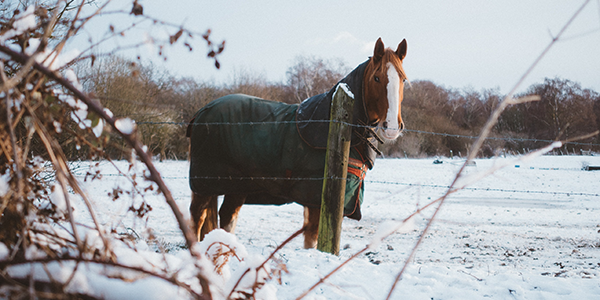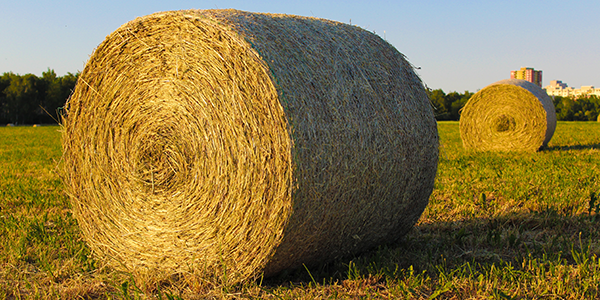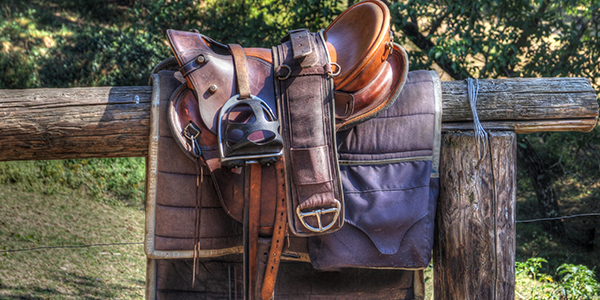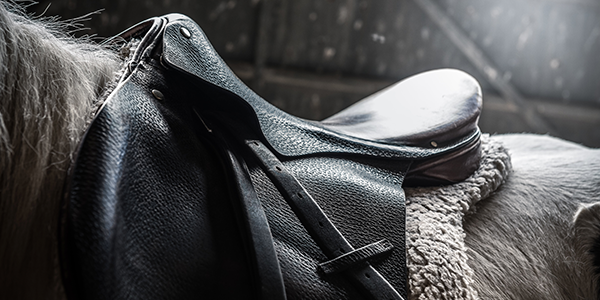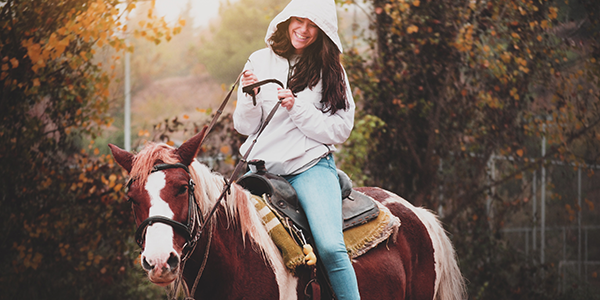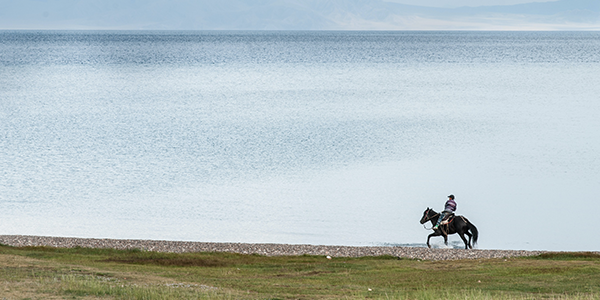Did you know that you can potty-train your horse? Maintaining a clean barn stall and pasture is an important step in keeping your horse healthy. Horses have anywhere from 15 to 20 bowel movements a day. This can generate up to 50 pounds of manure! Continue reading for some tips on potty-training your horse. Also, if you are looking for a horse property for sale in Colorado, contact Colorado Horse Property today and speak with one of our horse-person realtors.
Steps in Potty-Training Your Horse
First, pick a few designated areas that you want your horse to use for relieving itself. Make sure these areas aren’t too close to where your horses eat, walk, or sleep. Keep in mind that having more than one designated area is to make sure they’re close to the herd. Then move fresh manure to the areas that you have chosen. This will tell your horse that this is a place they can go. Now that you’ve come up with your planned area, the real training can begin.
Unless your horse has been trained before, they will not pick up on what you want right away. Therefore, you’ll have to move any manure they produce to correct spot. Make sure to have your horse’s favorite snack on hand. Reward the correct behavior is the best way to reinforce it. This also means that you’ll have to be in the pasture with your horse for a while. Because for the best results, you’ll have to praise them immediately after using the area that you’ve designated. This is important so that your horse will be able to associate these two events.
